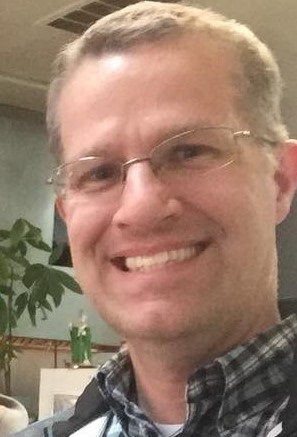 INSTA_PHOTOS/SHUTTERSTOCK
INSTA_PHOTOS/SHUTTERSTOCK
It was the second week of school and late August. I had missed the school atmosphere and my students so much. It was a time that schoolwide rallies are usually happening and while walking from my classroom to the parking lot, I would see football players grinding it out, cheerleaders practicing their stunts together or students just trying to catch up with each other.
A group of students I was greatly missing at this time was my service club, The Helping Hawks, of Delhi High School. Our school is in the Central Valley of California about halfway between Fresno and Sacramento. Usually by the end of August, we are planning our first meetings and setting goals for the year. This school year, we were so far from that. We were, just like most service clubs would likely be, completely checked out.
The Helping Hawks Club members have invested their time since 2011 feeding the homeless (a major draw to the club), spending lunchtime with special needs students, running coat drives for younger students and cleaning the stadium after home football games. None of these options were viable anymore. This was a struggle because The Helping Hawks, originally formed by a student wanting to make a difference, had become a community symbol and sometimes drew up to 80 students. Delhi knows who we are and club members know why they want to join. Still, hardly anyone was expecting anything.

Matthew Ward
As I was falling asleep one night during this time of trial, an idea caught my attention just before dozing off. This idea struck me and stuck with me. My Helping Hawks students were missing out on opportunities to be involved in the community and younger students in our district were missing out on opportunities to be read to as often. By reading to them, we could alleviate these issues. We could be some of the ones still making a difference through serving our community.
The next morning, I pitched the idea to my principal and a short time later he got in touch with the other four principals of our district and even the superintendent. They voiced their support and excitement right away. One hundred percent unity. I sent some emails out to get further support from students and within a few days had plenty of high school students joining the Reading Hawks (an adaptation of the Helping Hawks name).
Connection between older, younger students is real
We have been up and running since early September. There are six reading groups in the district and each of them meet twice a week after school is done for 30 minutes on Google Meet sessions. Each group is supervised by a teacher or paraprofessional. The websites getepic.com and uniteforliteracy.com have been incredible sources for this format of reading. We read to K-2 students at every school.
One of our groups has grown really fast. It went from zero to four, then to 15 at the last session. One of the Reading Hawks members in this group is the daughter of the second grade teacher who is helping support the communication effort to get her students to attend.
We have used multiple ways to get word out to the families of the young students: phone calls, messages through the school messaging system, community Facebook posts and word of mouth. Networking with the teachers to ask for their support has been effective. Club members are connecting each week at our Reading Hawks meetings where we share stories, insights and encouragement. Club members voice their suggestions about how to improve the club.
The Reading Hawks members read with enthusiasm and are connecting with the young students. It’s really special. COVID has so many things shut down but when you can still see young people reach out and serve, it is touching. As I watch my club members engage in service, there is light in their eyes while they connect and read to these young children. These young kids smile, converse and have a similar light as they receive the generosity extended to them. While we are still at a distance from each other, the connection is real and the closeness is evident.
This is not only a service club these students are running but also a modified reading program. They get all the credit. They have risen up to meet the needs of others and in turn, have seen their own need and their own inner drive to serve be met. They talk about the day they will be able to meet their young friends face to face.
What an incredible time that will be. Until then, we will continue to reach out and serve our community.
Matthew Ward is a high school special education teacher in California, an adjunct instructor at Temple University and a father of three children. He is an advocate of personal motivation, gratitude and that doing the small things in life make a difference.





























